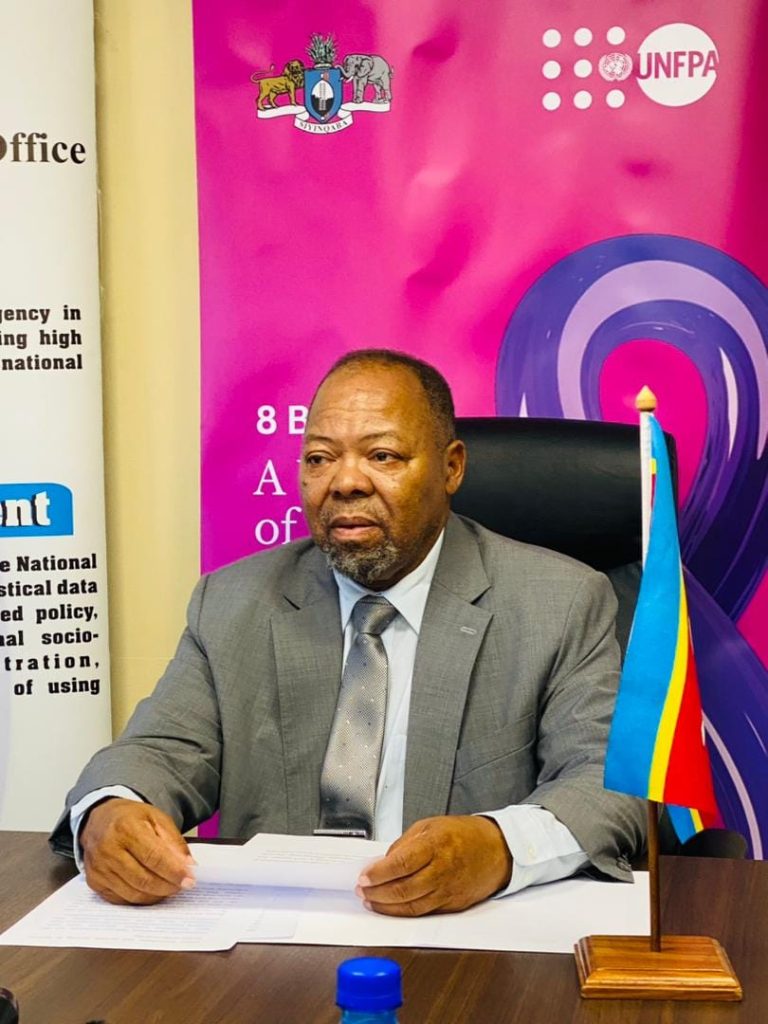
World Bank-funded housing scheme leaves residents worse off
By Vuyisile Hlatshwayo
A walk through Msunduza and Mncitsini informal settlements reveals the still essentially unchanged slum conditions exactly two decades after the completion of the residential upgrading scheme under the multimillion World Bank-funded Urban Development Project (UDP) 1995-2005 aimed at advancing the eSwatini Government initiative aimed at improving living conditions of low income urban households by providing urban services and housing. The Ministry of Housing and Urban Development (MHUD) oversaw the UDP. However, in every corner of the targeted informal settlements, the dire state of the housing infrastructure is the tell-tale sign of slums in the peri-urban areas around Mbabane.
Concerned about the unremitting poverty of low-income people in urban areas, in his Speech from the Throne, King Mswati III issued a directive on eradicating informal settlements in the country during the opening of the second session of the 12th Parliament in February 2025. According to the Municipal Council of Mbabane (MCM) chief executive officer, Gciniwe Fakudze, around 35 to 38 per cent of the Mbabane residents live in the informal settlements.
In response to the cholera outbreak in Msunduza after the 1984 Cyclone Domiana, which left a trail of destruction countrywide, the eSwatini Government initiated the $51.5 million (E926,464,400.00) UDP to improve the living conditions of the low-income people in informal settlements of Mbabane and Manzini. In 1992, it secured a $29 million (E521,698,400.00) loan from the World Bank and added $14.7 million ( E264,447,120.00) from its coffers. It then raised the balance from the global co-financing agencies. Among the UDP’s main objectives was to improve the living conditions of the residents and raise the environmental health standards in the Mbabane and Manzini informal settlements.
Through the residential housing upgrading scheme, low-income people were promised much better housing infrastructure. This included secure tenure, paved roads, footpaths, clean water supply, water points and washing areas, sanitation, refuse collection points, high-mast tower lights, and sports fields. They all welcomed this as the panacea for the social ills rife in the informal settlements.
However, Inhlase has established that not much has changed in Msunduza and Mncitsini twenty years later. The low-income residents still live in squalor. Many of their houses are still of poor quality, built from stick and mud, although some are built from permanent material. In these townships, the housing structures are old and in disrepair. The paints are flaking off those built using permanent material.
Interviewed residents blame the perpetuation of slum conditions on a raft of requirements presented by the MHUD, through the MCM, for improving housing infrastructure under the UDP. Journalist-turned-legislator, Welcome Dlamini, a Msunduza resident, singles out the building ban enforced by MCM as an insurmountable hindrance to housing development in the urban areas. He says the municipality allows only non-durable houses built from stick and mud or earth blocks. He bemoans the lack of communication on lifting the building ban, yet it has been in effect for a long time.
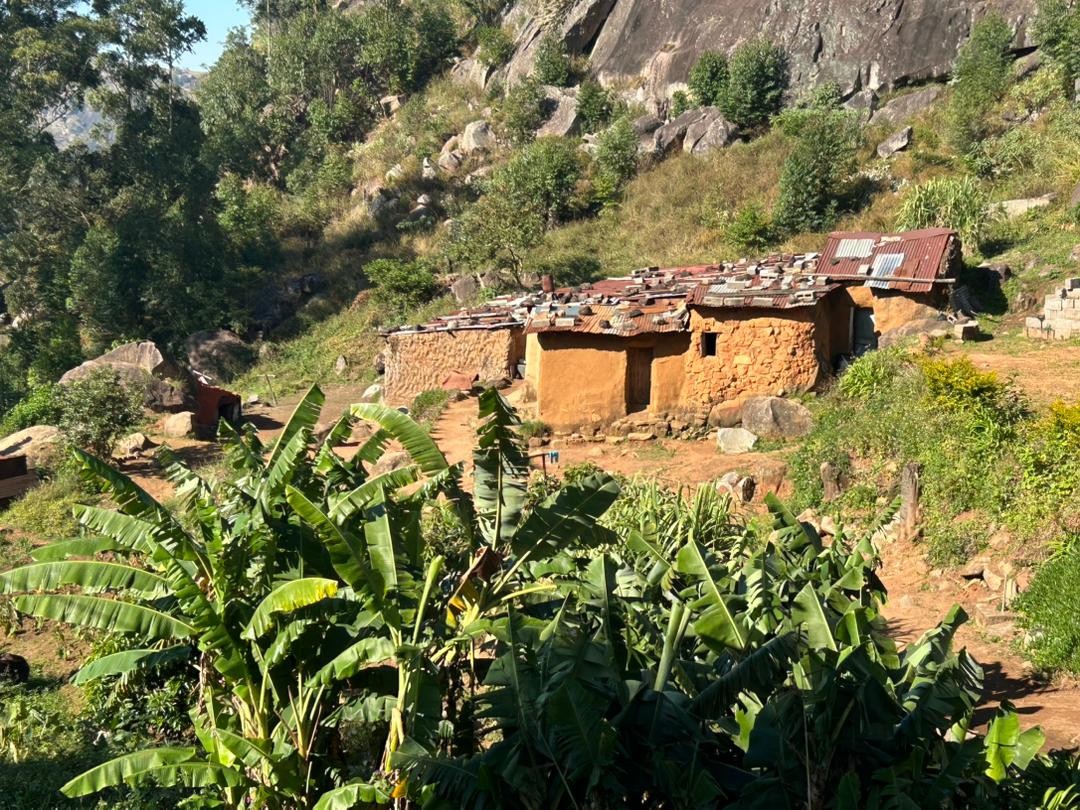
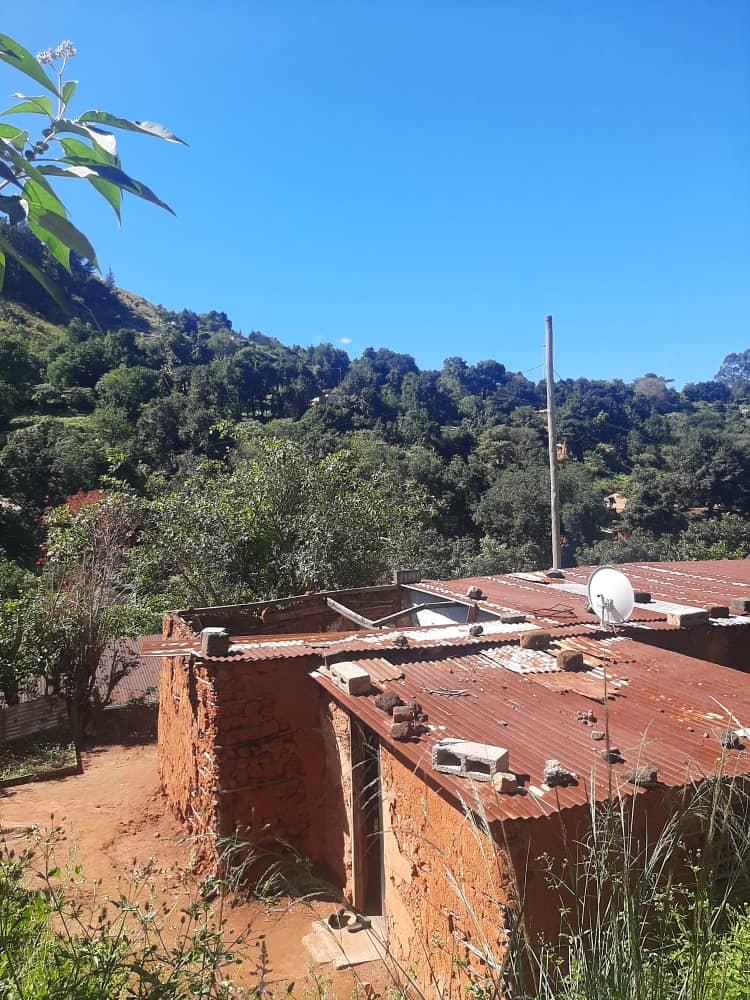
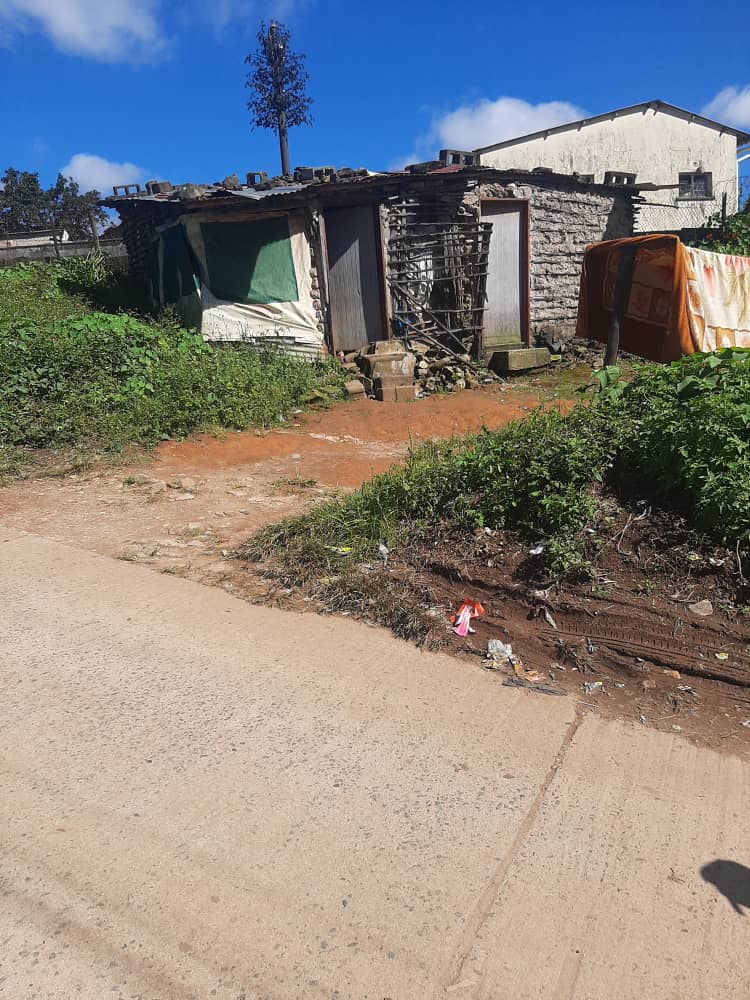
“Recently, I was approached by a young man who wanted me to help him get a permit to build a brick house in his late parents’ plot. Due to the building ban, he has been sent from pillar to post, as the municipality does not want to listen to our cry for lifting the building ban. Unfortunately, we don’t even know the exact date of its lifting yet,” he laments.
When asked to comment on the building ban, Dr. Simon Zwane, MHUD principal secretary, explains that the government is upgrading all the informal settlements. This is meant to ensure that they can meet the legal requirements so that people can build their choice of legal structures.
“Until a person has been given title over the land following all legal processes for township development and allocations, the local authority will continue to enforce the building ban,” he stresses, but avoids stating the exact date of lifting the building ban.
Inhlase’s investigation into the UDP has also uncovered some unusable infrastructure, a substandard environmental health situation, and unmet needs of the urban residents in these places. Some urban residents point out that Rumdel Construction, the civil contractor, constructed unused toilet platforms, public toilets, water supply points, and washing bays. Yet, the project offered to upgrade the pit latrines to make them structurally safer and not contain odours and fly nuisance. Overgrown vegetation hides some of the derelict water supply points and washing bays.
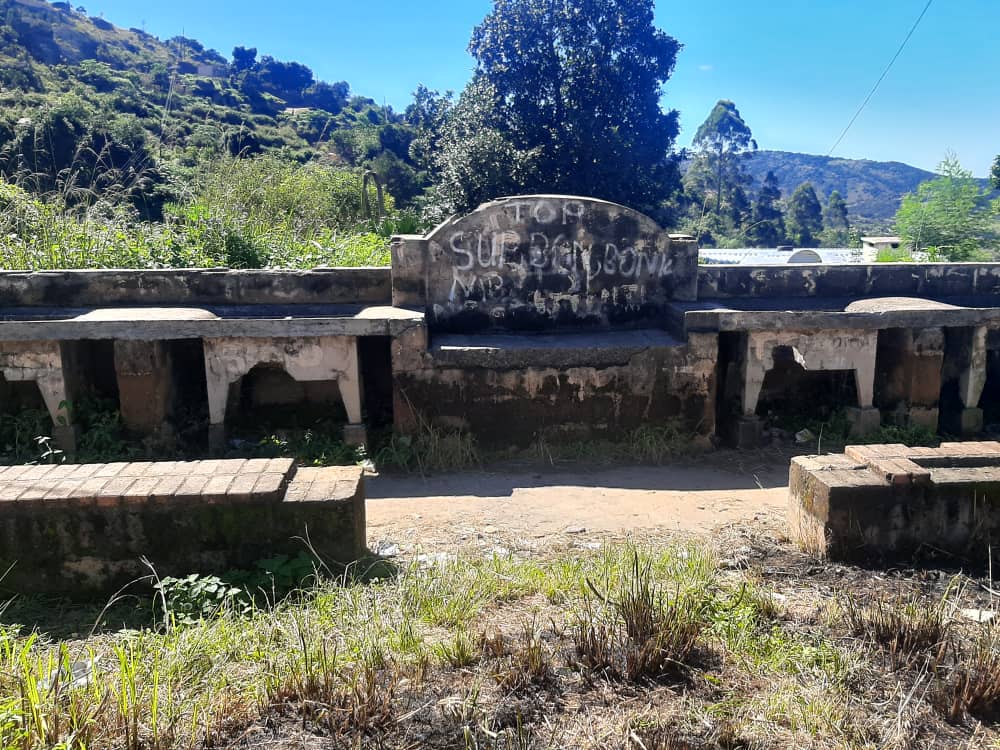
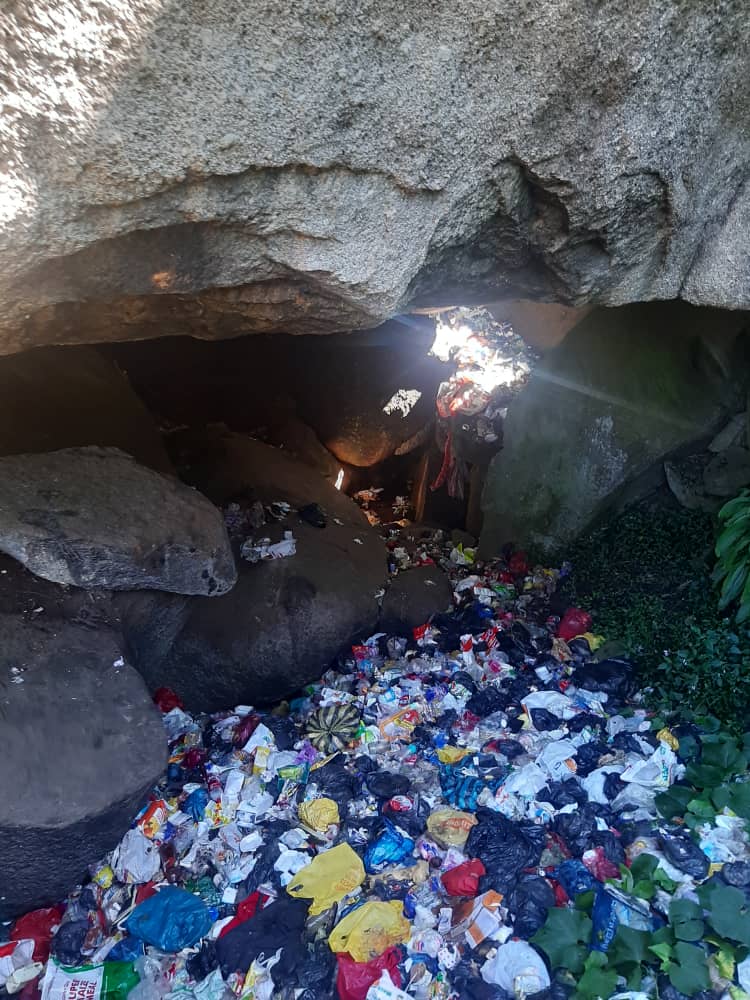
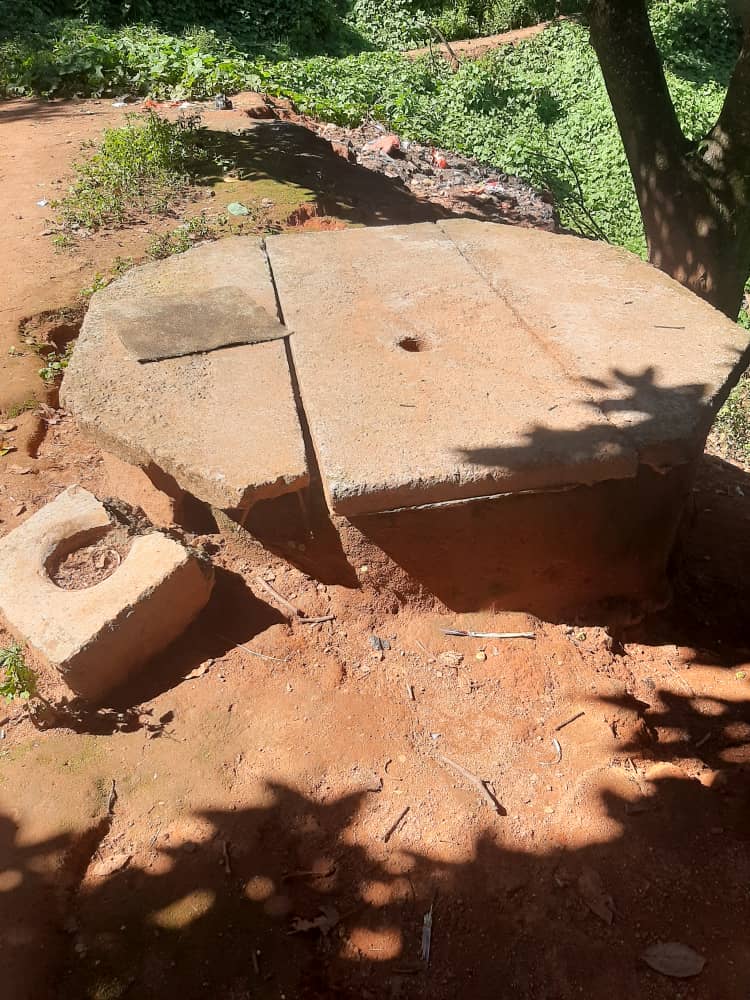
Mncitsini resident Mlungisi Maseko points to a small, dilapidated, and doorless structure with two toilet bowls facing each other inside. He wonders what Rumdel thought when constructing such a small public toilet. He also complains that the washing bay and public toilet structure have become a den for dagga smokers and marauding thugs.
Read More: Mncitsini sitting on an environmental health time bomb
Sipho Makhanya, who worked for Rumdel, echoes Maseko’s concerns. He makes a startling revelation that the community services were bound to fail due to a lack of proper consultation between the project contractor, Rumdel and the beneficiaries. Without offices within the kingdom, Inhlase has had difficulty contacting the foreign-based contractor for comment.
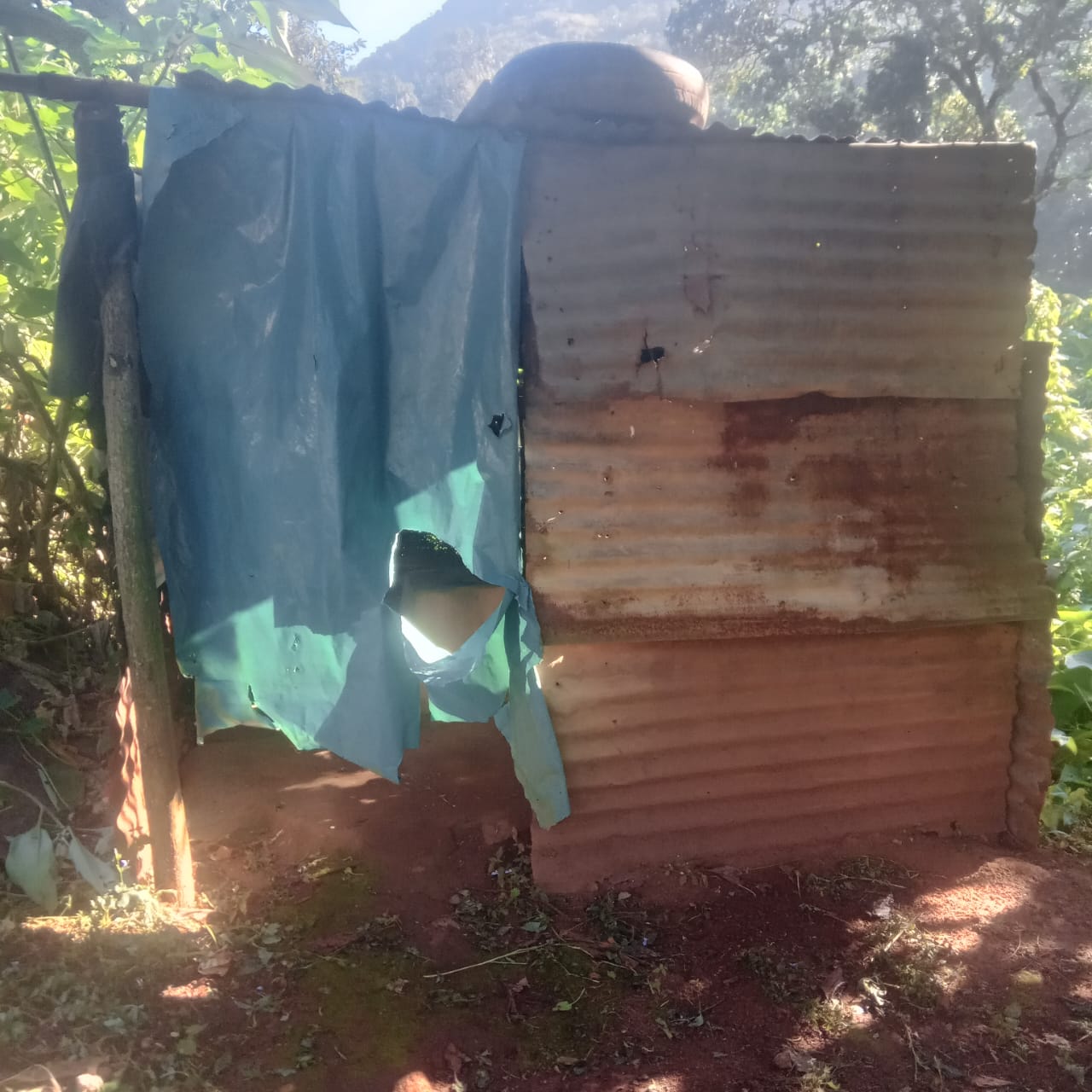
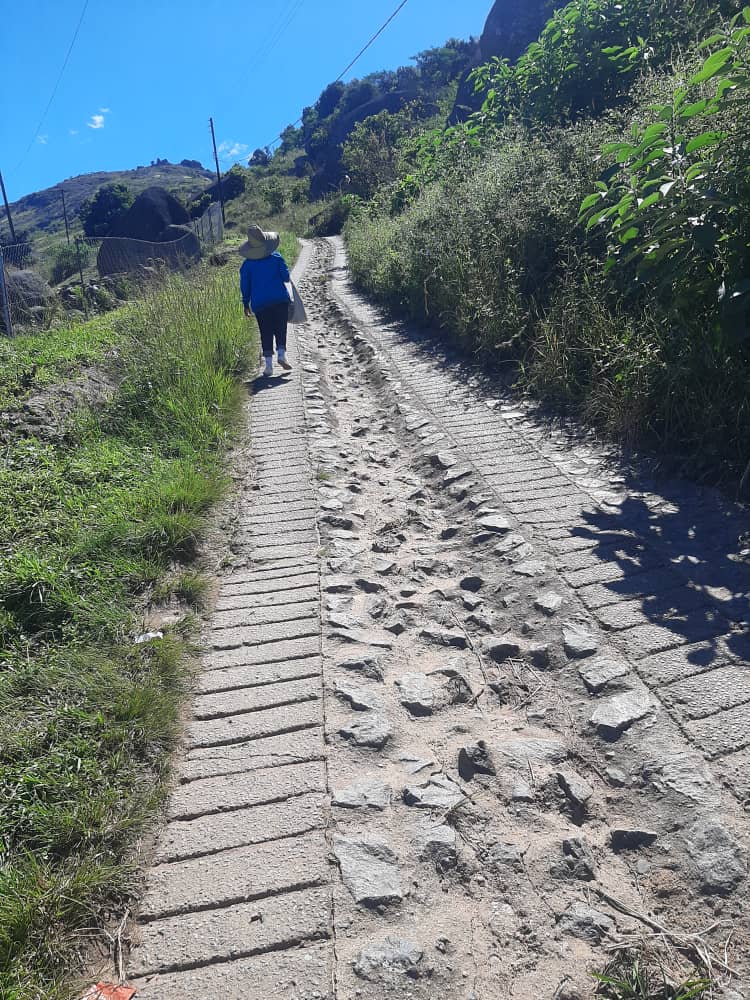
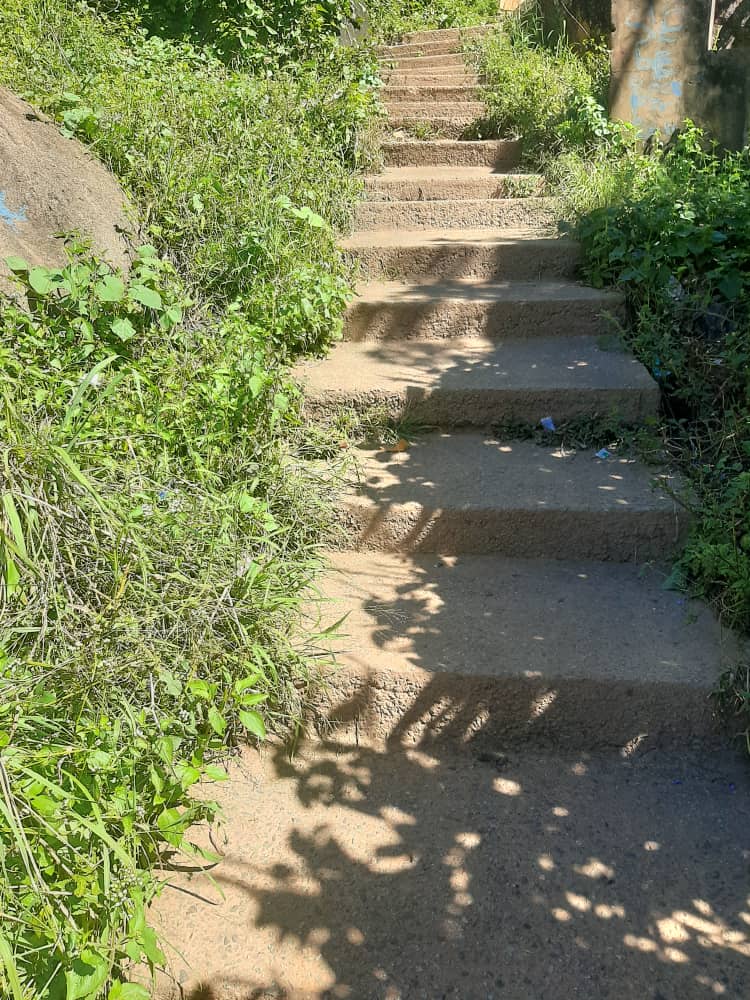
Similarly, MP Dlamini bitterly complains about the construction preference of footpaths over roads on the steep slopes. He criticises Rumdel for being insensitive to the needs of people with disabilities, the elderly and sick people. He points out that the footpaths cannot be used by people using wheelchairs. The elderly have difficulties climbing up them without rails. He wonders why the contractor overlooked disability inclusion. He notes that the footpaths also make it difficult for the residents to transport building materials and furniture to the homesteads, which are impossible to reach by car.
He elaborates on the case of sick people: “The people use blankets to carry sick people up the footpaths. They carry them to the main road, where they are picked up by an ambulance. I experienced that when my mother was sick. As my family home was impossible to reach by car, we used to carry her with blankets to the road every time she needed to go to the hospital. That’s why constructing the road accessible to my home was the first thing I did when I got money.”
Reached for comment on the disability exclusion, Federation of Disabled of Swaziland (FODSWA) president Bongani Makama described that as an indirect discrimination against people with disabilities. He says the UDP implementers were supposed to consider vulnerable groups, such as people with disabilities, the elderly, and people on crutches and wheelchairs, when constructing the footpaths. He indicated that they should have provided ramps and rails for people using wheelchairs, crutches, or for blind people.
“As much as we appreciate the development, it is concerning that the footpaths are inaccessible to people with disabilities. Those who use wheelchairs, crutches, or are blind cannot use the facility. I think they should have considered adding ramps and rails. This is an indirect discrimination against us, though it was unintentional due to its development aspect. There is a great need to provide an alternative to address the issue of inclusion,” he says.
In his response to the exclusion, the MHUD principal secretary hides behind the fact that at the time of the UDP implementation, disability was not at the forefront of the eSwatini Government’s agenda. “When the project was implemented, the Eswatini Government’s Agenda revolved around Gender mainstreaming. One of the UDP’s objectives was to ensure women benefit from the project without discrimination. This was achieved as women won the right to have property registered in their names,” he says.
MP Dlamini further complained about the narrow roads provided under the UDP. He pointed out that the paved roads, especially in Mncitsini, are too narrow to allow cars to pass each other in different directions. Worse still, there is no space to reverse the car or manoeuvre it to make a U-turn unless you reverse into someone’s yard.
“As a result, the residents have approached the Inkhundla for intervention. We will source funds from Micro-Projects for road construction in the area because there is a pre-school near the high-mast tower light (Apollo). We’re now going to do what was supposed to be done by Rumdel, who pocketed millions for the incomplete project. Inkhundla has asked MCM to join hands with us to pay the 10% contribution to Micro-Projects,” he says.
Despite MCM’s provision of skip bins, Msunduza and Mncitsini residents grapple with environmental health issues. According to the residents, the skip bins are limited and placed far away from the homesteads along the roads. Even if they want to use them, they must walk long distances. Inhlase finds that some Mncitsini residents have turned one of the tourist attraction caves into their dumpsite. Those living further from the caves dump litter in the bushes or use the skip bins on their way to work in the city.
Turning the cave into a dumpsite has negatively impacted poor Gogo Jane Dlamini, who cares for her orphaned grandchild. It also blights tourism, as the cave was a tourist attraction in Mncitsini. This is evident in the VIP toilet financed by a donation from Finnish tourists for the elderly, whose homestead is a stone’s throw from the caves. She also shared the one-roomed house donated by the government. But she uses her unsafe stick and mud house as a kitchen.
Asked about the waste disposal problem, MCM information and public relations officer Lucky Tsabedze, maintains that MCM put some skip bins along the Msunduza roads for waste disposal. He, however, admits that the municipality’s refuse collection trucks do not reach the furthest part of Mncitsini because of the narrow roads.
Inhlase has seen concrete toilet platforms that have remained unbuilt, while several homesteads have problems with full pit latrines. None of them were inclusive to accommodate people with disabilities. One resident, who refused to be named, complained about the lack of space in the small plot to build another pit latrine.
Although the residents found Rumdel’s project performance unsatisfactory, the Government deemed it proper to pay in full. According to the principal secretary, MHUD relied on the reports submitted by the Eswatini Housing Board (EHB), which found the job done acceptable. He maintains that it was for that reason that the due financials were paid as per the agreement. However, information gleaned from the Implementation Completion Report: Swaziland Urban Development Project in the World Bank Report No. 33497 reveals that the overall rating for achievement of the housing sites and on-site infrastructure component was moderately unsatisfactory.
Across the dangerously swaying Mncitsini footbridge, the foul-smelling grey water from the clogged drains flows into the stream. Instead of improving, the environmental health situation of these informal settlements continues to deteriorate. Three kilometres from the city centre, Msunduza and Mncitsini remain an eyesore and attract stigma to the urban residents.
If the slum conditions in two townships are anything to go by, eSwatini is still far from eradicating slums from cities. Not to mention achieving by 2030 the Sustainable Development Goal (SDG) 11, the ‘urban goal’, which calls for making cities inclusive, safe, resilient and sustainable. It also requires “ensuring access to safe and affordable housing, and upgrading slum settlements.
Exchange Rate: $1=17:99

